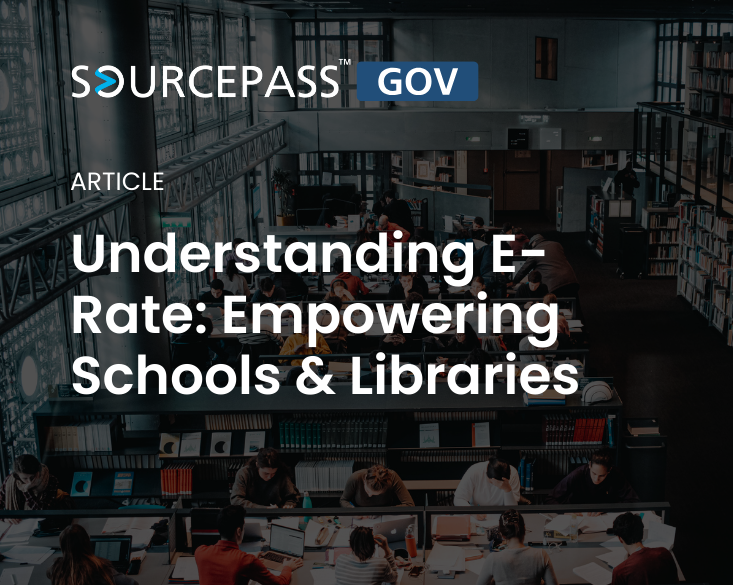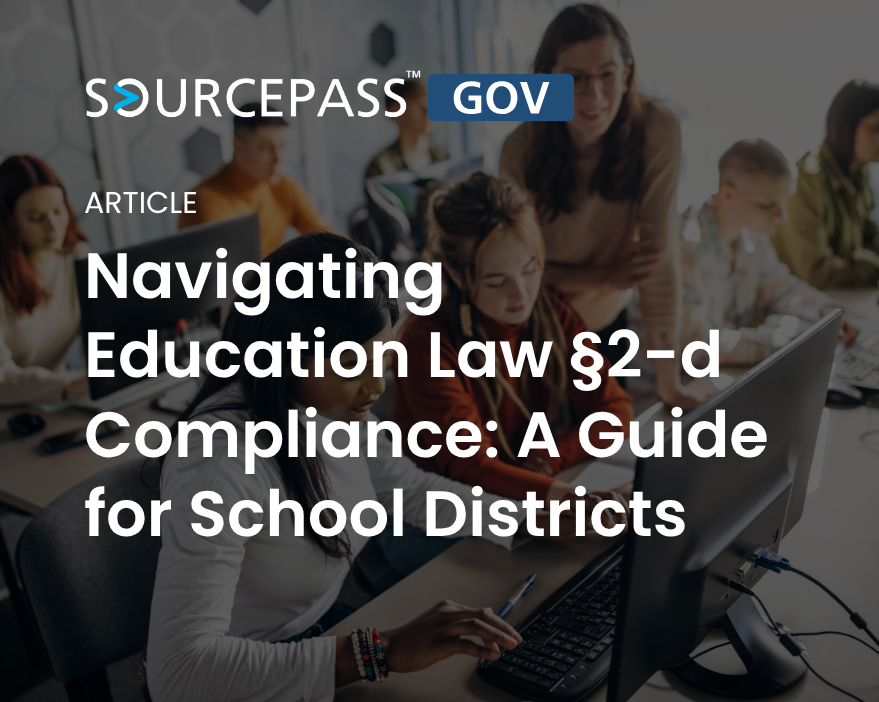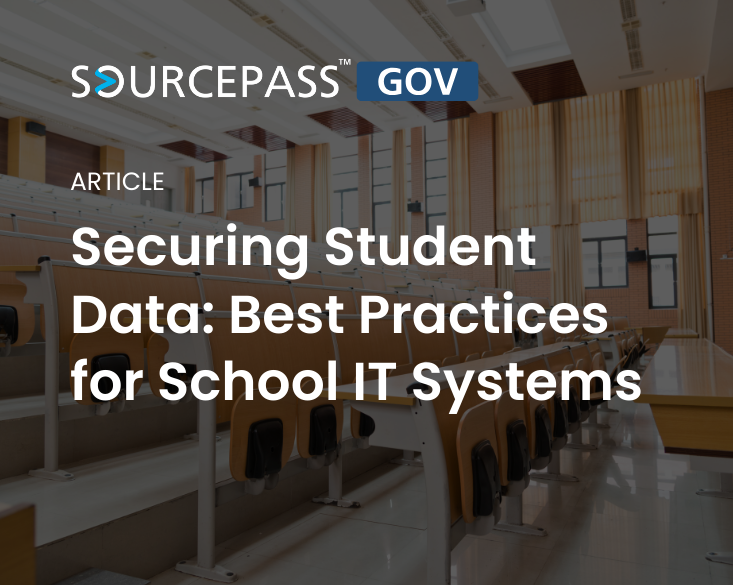1 min read
AI for the Public Sector | Sourcepass GOV AI Trainings
Artificial Intelligence (AI) is transforming how public sector organizations operate, from budgeting and compliance to citizen engagement. In our...
2 min read
Alex Davis : Feb 6, 2025 12:11:55 PM

In today’s digital age, robust internet access and advanced technology are critical for education and learning. Yet, many schools and libraries face significant budget constraints that hinder their ability to provide students and communities with the tools they need.
This is where the E-Rate program comes into play. Designed to bridge the digital divide, E-Rate offers financial assistance to help schools and libraries enhance their technology infrastructure and provide vital internet access.
The E-Rate program, officially known as the Universal Service Schools and Libraries Program, is a federal initiative administered by the Universal Service Administrative Company (USAC) under the direction of the Federal Communications Commission (FCC).
Established in 1996, the program provides eligible schools and libraries with discounts on telecommunications, internet access, internal connections, and network equipment.
The goal of E-Rate is straightforward: ensure that all students and library patrons, regardless of their socioeconomic status or geographic location, have access to modern digital learning tools and resources.
E-Rate funding is distributed based on a sliding scale, with discounts ranging from 20% to 90% of eligible costs. The exact discount depends on factors such as the percentage of students in a school who qualify for the National School Lunch Program (NSLP) and whether the institution is in an urban or rural area.
Eligible services under the program are divided into two categories:
E-Rate has been instrumental in transforming education and community services in several key ways:
To take full advantage of the E-Rate program, institutions should follow these steps:
The E-Rate program isn’t just about funding—it’s about fostering digital equity. By enabling schools and libraries to enhance their technology infrastructure, E-Rate empowers students to explore new learning opportunities, educators to innovate their teaching methods, and communities to thrive in an increasingly digital world.
For schools and libraries looking to maximize their E-Rate benefits, it’s essential to stay informed about program updates, deadlines, and compliance requirements. Partnering with knowledgeable consultants or service providers can make the process smoother and ensure that no opportunity is left on the table.
With the support of E-Rate, schools and libraries can continue to provide the connectivity and tools needed to unlock the potential of every student and community member. In a world where access to technology defines success, programs like E-Rate are more vital than ever.
Are you ready to enhance your institution’s digital capabilities? Start your E-Rate journey today with Sourcepass GOV.
.png)
1 min read
Artificial Intelligence (AI) is transforming how public sector organizations operate, from budgeting and compliance to citizen engagement. In our...

3 min read
More than halfway through 2025, state Chief Information Officers (CIOs) continue to navigate a dynamic landscape of technological advancements and...

2 min read
Protecting student data is a top priority for school districts. New York's Education Law §2-d, enacted during the 2014-2015 fiscal year, sets forth...

The shift to hybrid learning models—blending in-person and online education—has become a permanent fixture in many educational institutions.

Protecting student data is a top priority for school districts. New York's Education Law §2-d, enacted during the 2014-2015 fiscal year, sets forth...

In the age of hybrid and virtual learning, schools have become increasingly reliant on technology to enhance learning, improve administrative...